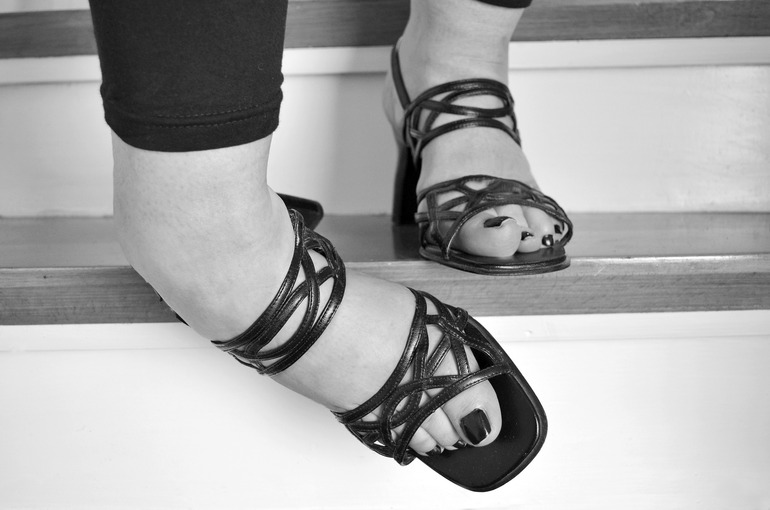The Centers for Advanced Orthopaedics is redefining the way musculoskeletal care is delivered across the region with locations throughout Maryland, DC, Virginia and Pennsylvania.
Common Signs and What to Expect From an Ankle Injury

What Is an Ankle Fracture?
Varying degrees of ankle injuries can occur while competing in sporting events. These injuries are typically caused by poor training practices, improper equipment, lack of conditioning, or insufficient warm up and stretching.
A fracture is a complete or partial break in a bone. In the ankle, fractures can range from the less serious avulsion injuries (small pieces that have been pulled off) to severe shattering-type breaks of the tibia, fibula, or both.
Ankle fractures commonly occur by rolling the ankle inward or outward. Ankle fractures are often confused with sprains; these injuries are quite different and therefore require an accurate and early diagnosis.
Signs and Symptoms Of Ankle Fractures:
- Pain at the site of the fracture.
- Significant swelling.
- Blisters may occur over the fracture site. Treatment is required promptly if these occur.
- Bruising, which develops soon after the injury.
- Difficulty or inability to walk, but never rely on walking as a test on whether a bone has been fractured.
- Change in the appearance of the ankle. Does it look different from the other ankle? Bone protruding though the skin is a sign that immediate care is needed because such fractures can lead to severe infection and prolonged recovery.
What To Do After an Ankle Injury
It is important to have the ankle evaluated by a foot and ankle surgeon for proper diagnosis and treatment. If you are unable to do so right away, go to the emergency room and then follow up with a foot and ankle surgeon as soon as possible for a more thorough assessment.
Until you are able to be examined by a doctor, the “R.I.C.E.” method should be followed.
- Rest. Stay off the injured foot, since walking can cause further damage.
- Ice. Reduce swelling and pain by applying a bag of ice over a thin towel to the affected area for 20 minutes each waking hour. Do not put ice directly against the skin.
- Compression. Wrap the ankle in an elastic bandage, or wear a compression stocking to prevent further swelling.
- Elevation. Keep the foot elevated to reduce swelling. It should be above the heart.
Diagnosis and Treatment
Your foot and ankle surgeon will examine the injury and may order x-rays and other imaging studies. Treatment depends upon the type and severity of the injury. Options may include:
- Immobilization. Casting, booting, or splinting restricts the ankle and foot, allowing the bone to heal. It is very important that you do not put any pressure on the cast until cleared to do so.
- Prescription Medications. To help relieve the pain, your physician may prescribe pain medications or anti-inflammatory drugs.
- Surgery. For some injuries, surgery is needed to repair the fracture and other related injuries.
Follow-Up Care
It is important to follow your physician’s instructions after treatment. Failure to do so can lead to infection, deformity, arthritis, and chronic pain.